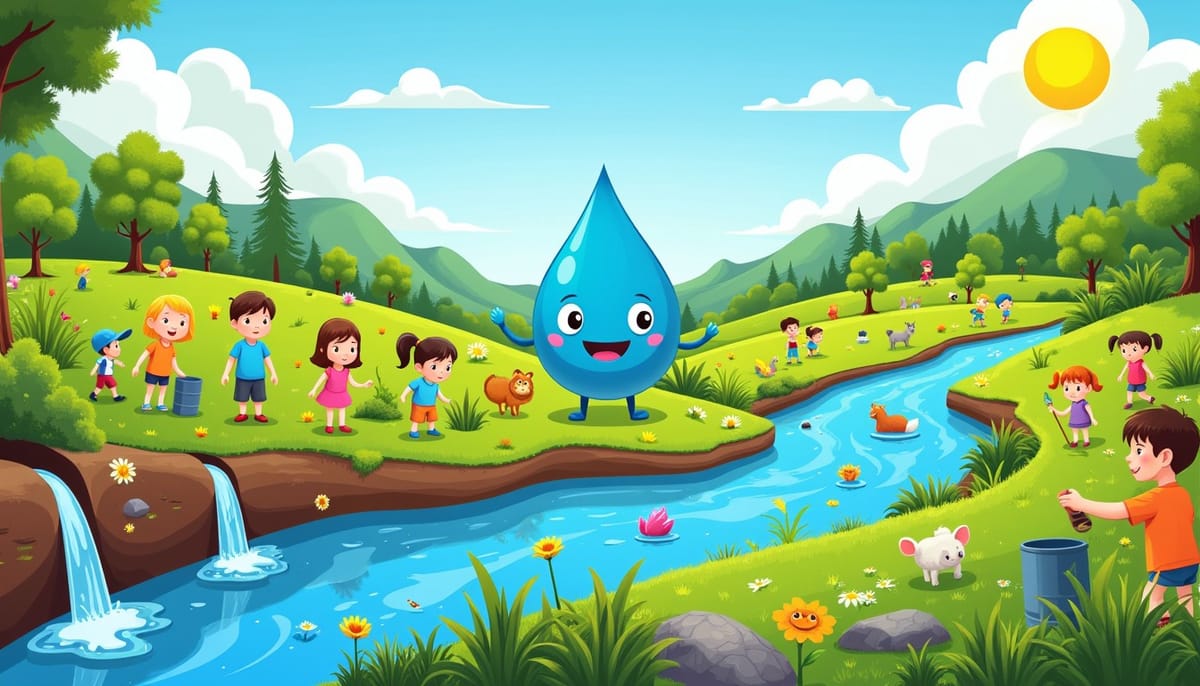Unlocking Deep Understanding: How Teachers Can Foster Meaningful Learning

In Ms. Desai’s 7th-grade science class in Mumbai, students yawn as she mentions the water cycle. Then, she asks, “How is the rain outside like the steam from your morning chai?” Eyes light up—they’re connecting ideas. This is meaningful learning, where students weave new knowledge into what they already know, creating deep, lasting understanding. At Tailwnd, we empower teachers with Learning Science to make every lesson stick. Here are five strategies to foster meaningful learning in Bharat’s classrooms, using Tailwnd’s platform to spark connections.
1. Highlight Connections Clearly
What to Do: Explicitly show how new concepts link to students’ existing knowledge.
Why It Works: Students often miss connections, hindering understanding. Clear links anchor new ideas, boosting retention. A 2023 Journal of Educational Psychology study found explicit connections improve comprehension by 27%.
Example: When teaching the water cycle, remind students of steam rising from a hot dosa pan, explaining how it’s like evaporation. Use Tailwnd’s platform to display these links visually.
How: Start lessons with a “connect question” on Tailwnd, like “What do you know about water changing forms?”
2. Start with Big Ideas
What to Do: Introduce broad concepts before diving into details, structuring your curriculum around them.
Why It Works: General ideas provide a framework for specific facts, easing cognitive load. A 2022 Learning Sciences study showed this approach enhances recall by 20%.
Example: Teach “energy transfer” before detailing photosynthesis. Students can then slot plant processes into this bigger idea. Tailwnd’s curriculum planner organizes lessons around key concepts.
How: Map big ideas (e.g., “cycles in nature”) on Tailwnd’s platform, revisiting them across units.
3. Design Tasks for Deep Processing
What to Do: Set activities that force students to link new and old knowledge, like explaining concepts in their own words.
Why It Works: Active processing builds strong connections, preventing rote memorization. Ausubel’s (1968) research emphasizes this for meaningful learning.
Example: Ask students to explain how ISRO’s Chandrayaan-3 rocket thrust relates to Newton’s laws they learned last month. Tailwnd’s self-explanation tool checks their responses.
How: Use Tailwnd’s platform to assign tasks like “Compare rocket motion to a cricket ball’s push.”
4. Assess for Meaning, Not Mimicry
What to Do: Check if students truly connect ideas, not just repeat your words. Correct misguided links to the right knowledge.
Why It Works: Verbatim answers may hide shallow understanding, while wrong connections reveal gaps. A 2023 Educational Research study found targeted feedback boosts learning by 25%.
Example: If a student says “clouds are smoke,” clarify they’re water vapor, linking to their steam knowledge. Tailwnd’s quizzes flag such errors for quick fixes.
How: Use Tailwnd’s platform to ask open-ended questions like “Why do clouds form?” and review responses for meaningful links.
5. Revisit to Keep Meaning Alive
What to Do: Regularly review key ideas to prevent forgetting, especially details.
Why It Works: Revisiting strengthens neural pathways, countering forgetting. Ebbinghaus’s (1885) forgetting curve shows spaced retrieval aids retention.
Example: Revisit evaporation monthly, asking students to map its role in monsoons. Tailwnd’s spaced repetition tool schedules these reviews.
How: Use Tailwnd’s platform to assign quick retrieval tasks, like “List three water cycle stages.”
Why It Matters
Meaningful learning builds interconnected knowledge that lasts, empowering students to think critically. Tailwnd’s platform personalizes tasks, while our teacher training equips educators to spark connections in every classrooms.
Your Turn: Which strategy will you try? Share below or tag @TailwndAI on X. Want Tailwnd’s tools in your school? Click here. Let’s make learning meaningful!





